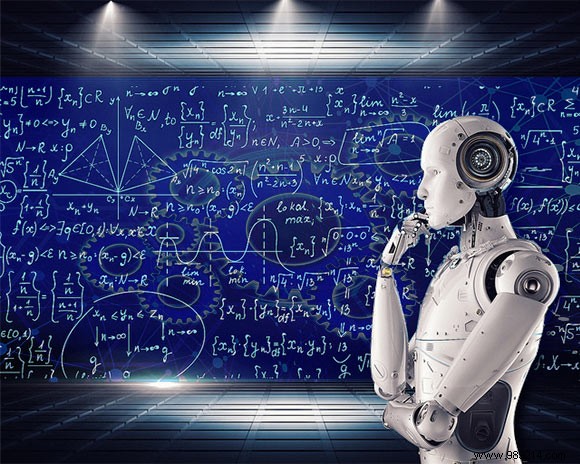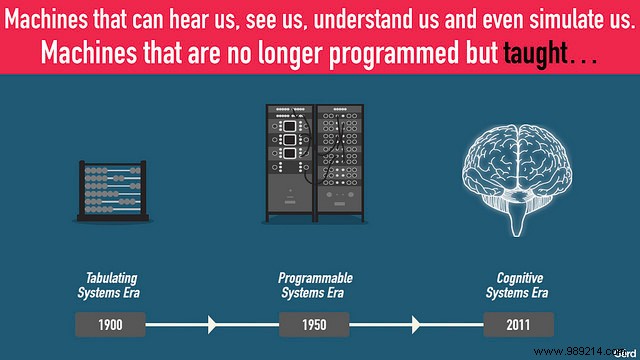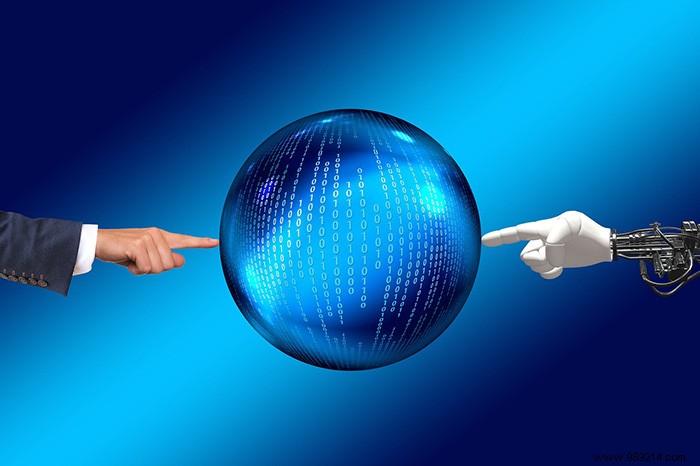It's widely used to automate all sorts of business processes, but some tools are starting to take it down to the personal level, allowing individual users to do their own automation. Although this is a few levels below an AI, as RPA can pretty much only keep up with scripts, the line between the two is becoming increasingly blurred. Personal robotic assistants taking over your most common tasks? Not as far as you might think.
RPA is pretty much exactly what it sounds like:it refers to any bot that can be configured to automatically run a certain process. Anything you can do on your computer with just a few mouse clicks, you can easily ask a bot to do instead. Need to copy and paste rows of data into forms? Download all incoming email attachments to a certain folder? RPA can do that. You can even ask a bot to collect data and send it to other bots.

However, when it comes to implementing them, RPA has the edge, as AI needs a lot of work to get up and running. Not only does this require quite specialized knowledge, but it will also require a fair amount of high-quality data to practice with.
Simple RPA can be implemented with a relatively simple user interface and some time spent thinking about the steps needed to complete a task. Sure, RPA can get a lot more complex, with large networks of bots exchanging information with each other and running entire workflows, but it still tends to be a simpler proposition than AI.
The doer/thinker distinction is not a difficult dividing line, however, as “cognitive automation” is a growing trend. This essentially combines robotic process automation with AI-based tools such as natural language processing, image processing, and other analytical tools that can deliver unstructured information to the right robots. The AI essentially takes the place of a human operator, making judgments about the data and putting it in its place.

This can be much more complex to implement than simple RPA, but AIs with pre-built capabilities such as speech recognition could be integrated into existing processes without too much trouble.

The upside of RPA/AI is that it will make human tasks less monotonous and probably more interesting. It could free us up to do more high-level creative work and will certainly make life easier for some people, especially once personal and easily programmable assistant software hits the consumer level.
There's already free RPA software like UiPath on the market, and that could eventually lead to a version of Clippy that does something useful for us. "Looks like you're trying to fill out a big batch of bills!" Just point me in the right direction, and I'll do it for you!
If you want to know if a job will exist in a decade or two, ask yourself if it could be done by an AI that can read, listen to, and analyze images feeding data into robots that can create output , package it and send it. disabled. Robots are going to take over the mental grunt work that many people find quite insignificant, which is great, but labor markets will have to adapt.
Ideally, the future looks a lot more like humans working side-by-side with robots, filling in where they fail and making the meat space judgment calls that only human meatstronauts are qualified to do.
Image credits:UsineTotal, Artificial Intelligence and IA Machine Learning, Gerd Léonhard